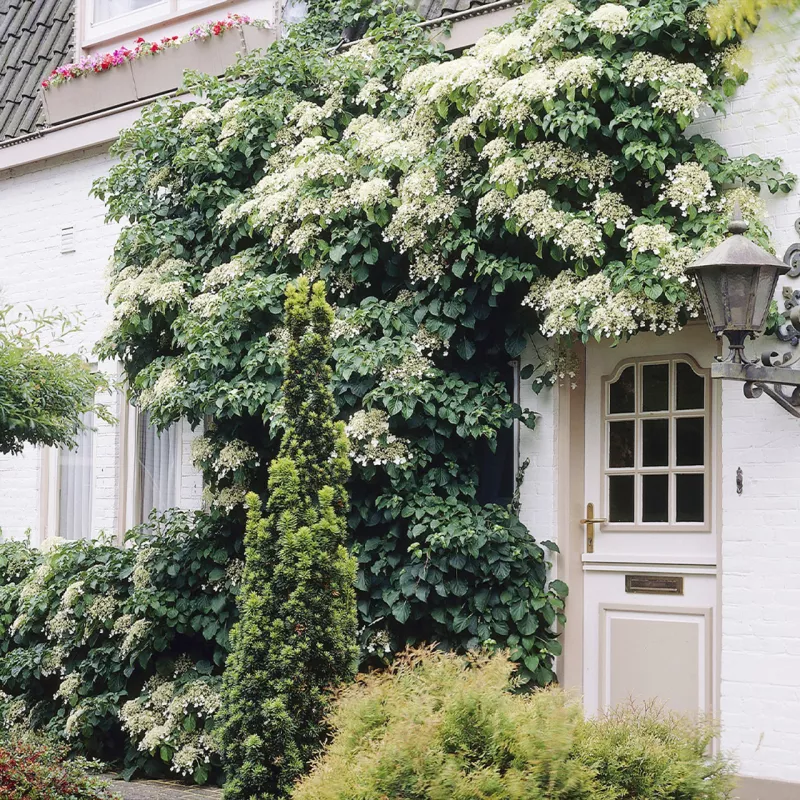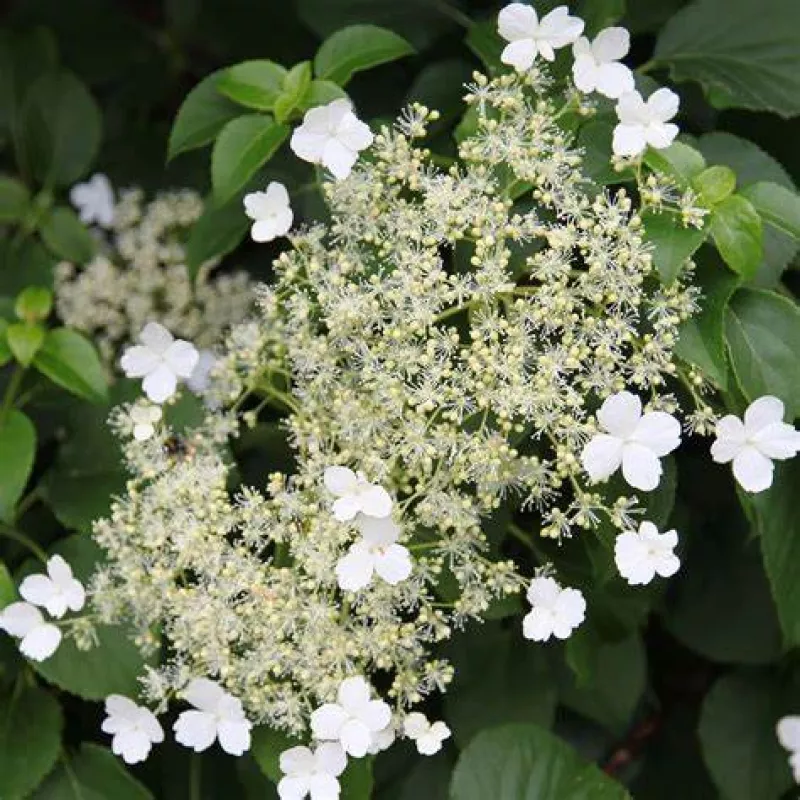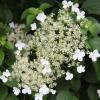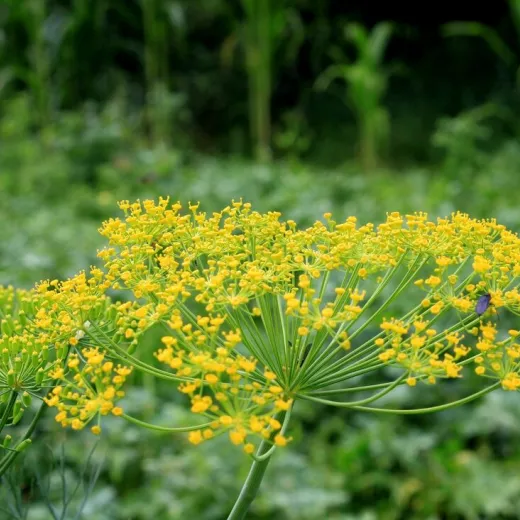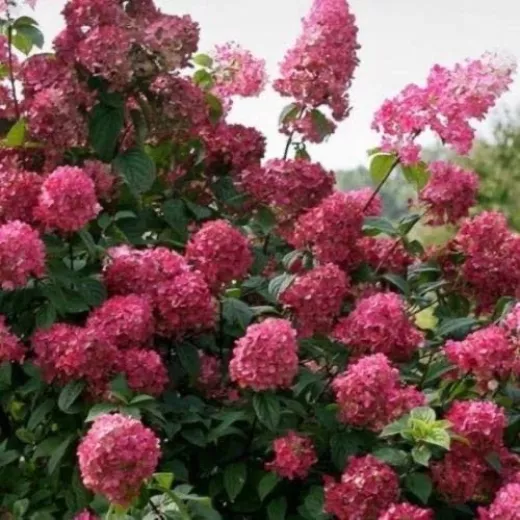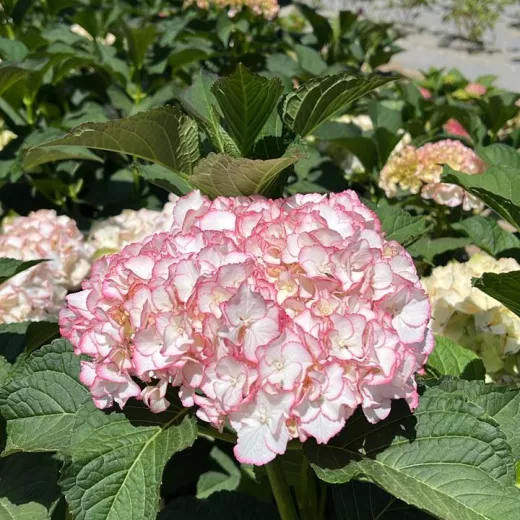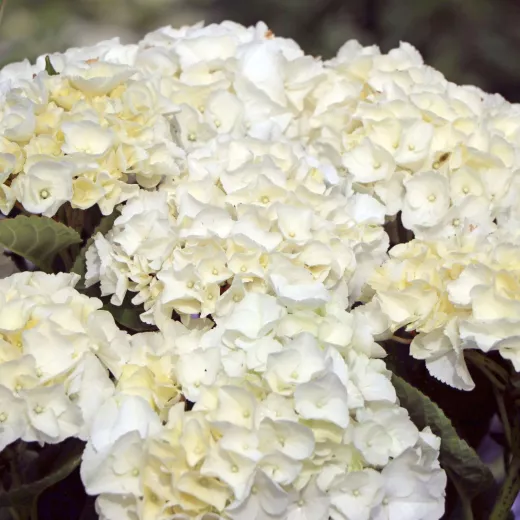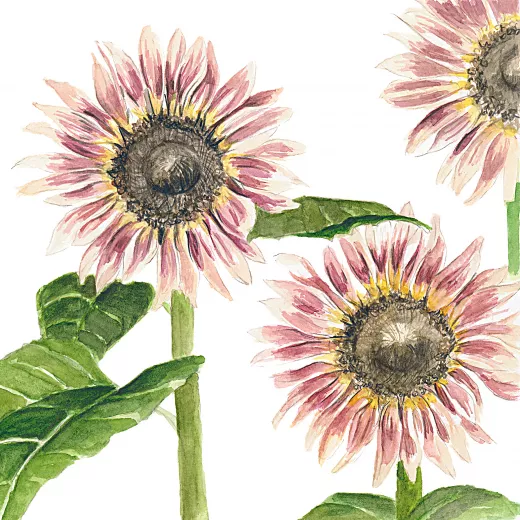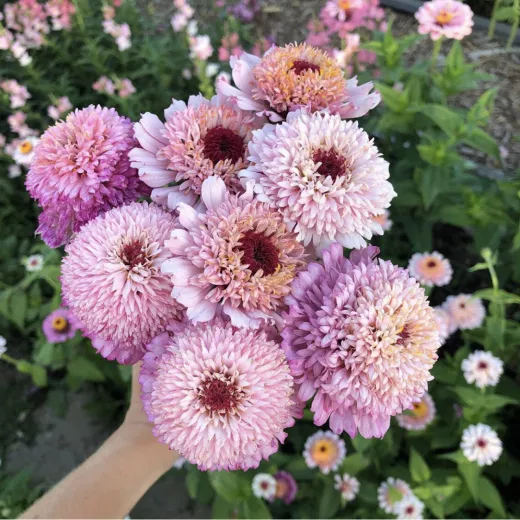Quick Facts
| Flower Type | Climbing Hydrangea |
|---|---|
| Flower Colour | White |
| Planting Time | Best planted in autumn or early spring, after the last frost has passed. |
| Watering | Regular watering is important, especially during the first year of growth. Ensure well-draining soil to prevent root rot. Water deeply, and avoid over-watering. |
| Life Cycle | Deciduous, meaning it sheds its leaves in winter. |
Anomala Petiolaris: Hydrangea: 14cm Plant: Please Note: Pre-orders will ship starting End August 2025.
Hydrangea anomala subsp. petiolaris, commonly known as the climbing hydrangea, is a stunning deciduous vine that transforms vertical spaces into living works of art. Native to East Asia, this woody climber features heart-shaped, deep green foliage that drapes gracefully over walls, fences, or pergolas, softening hard lines with its lush texture. In late spring to early summer, it bursts into bloom with clusters of delicate, ivory-white flowers that exude a gentle, sweet fragrance. These luminous blossoms create a serene and romantic atmosphere, making the climbing hydrangea a captivating focal point and a timeless addition to any shaded garden or landscape.
Important Notice: This Hydrangea variety is protected under Plant Breeders’ Rights. Propagation is strictly prohibited.
Coordination of Logistics for PayFast Orders:
For your convenience, we invite you to stay in direct contact with Marisa through WhatsApp. This will allow you to receive real-time updates on the status of your order and address any specific concerns you may have. You can reach her on the following number: 074 228 2444.
Thank you for choosing Adene Flowers. We look forward to fulfilling your order with the utmost care and attention.
| Flower Type |
Climbing Hydrangea
|
|---|---|
| Flower Colour |
White
|
| Flower Size |
15cm - 25 cm across
|
| Plant Height |
Can grow up to 1,500 cm (15 meters) when mature and supported.
|
| Light Preferences |
Partial to full shade, thrives in dappled sunlight.
|
| Plant Spacing |
1.5–2 meters apart to allow for spreading and growth.
|
| Life Cycle |
Deciduous, meaning it sheds its leaves in winter.
|
| Flowering Time |
Late spring to early summer (typically June to July in South Africa)
|
| Pinch |
Pruning: Pruning is not necessary but can be done to control size or shape in late winter or early spring before new growth starts. Trim back to encourage healthier growth.
|
| Planting Time |
Best planted in autumn or early spring, after the last frost has passed.
|
| Watering |
Regular watering is important, especially during the first year of growth. Ensure well-draining soil to prevent root rot. Water deeply, and avoid over-watering.
|
| Fertilizing |
Fertilize in spring with a balanced fertilizer or organic compost. Avoid over-fertilizing, as this can lead to excess leaf growth and fewer flowers.
|
| Top Tips |
Support: Provide a trellis, fence, or other structures for it to climb on, as it is a vine.
Soil: Prefers moist, well-drained, slightly acidic to neutral soil. Mulching: Apply mulch around the base to keep the soil cool and moist. Patience: It’s a slow-grower, so it may take a few years to establish and bloom well. |
